I don't know a more nobler thought than...
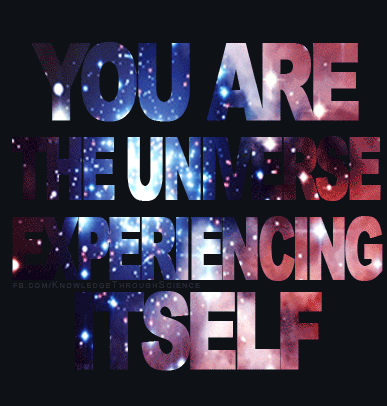
I don't know a more nobler thought than this.
fb.com/KnowledgeThroughScience
neurogenesis: knowledgethroughscience: I want to see Milky Way...
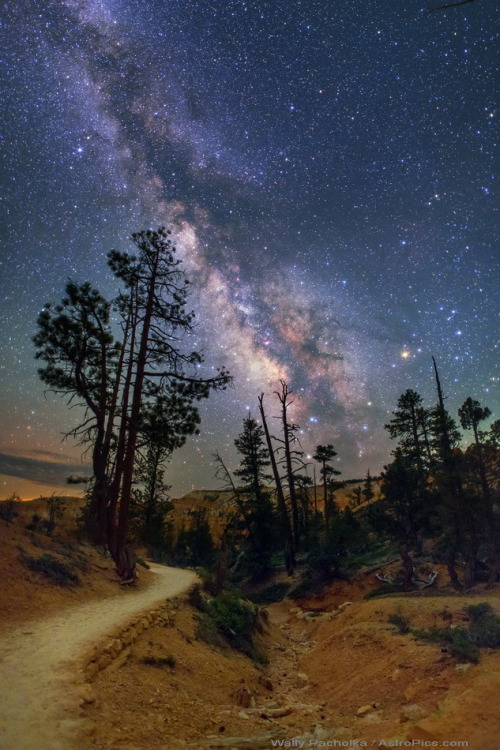
I want to see Milky Way like this in real life, please. (Image: Wally Pacholka)
Go to Death Valley. The starlight is as bright as a quarter moon, and you will see the Milky Way.
On my travel list.
Even though light travels extremely fast (300,000,000 meters per...
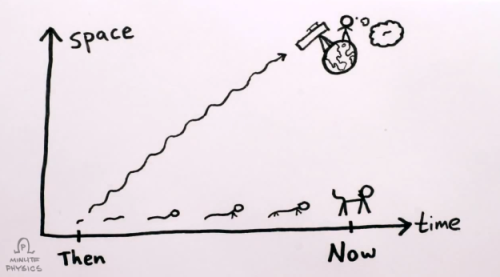
Even though light travels extremely fast (300,000,000 meters per second), objects in space are so far away that it takes a significant amount of time for light from those objects to reach us. So if you look through a telescope at a distant object, you are seeing that object at some time in the past - seeing back in time.
"If I have questions about the universe on my mind when I go to bed, I can't turn off. I dream..."
"If I have questions about the universe on my mind when I go to bed, I can't turn off. I dream equations all night."- Stephen Hawking. Interview, 2010.
"Our Big Blue Marble, with merely a hint of an...
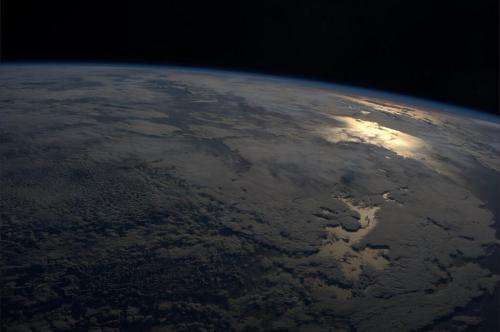
"Our Big Blue Marble, with merely a hint of an atmosphere" by astronaut Karen L. Nyberg on ISS.
"Nobody ever figures out what life is all about, and it doesn't matter. Explore the world. Nearly..."
"Nobody ever figures out what life is all about, and it doesn't matter. Explore the world. Nearly everything is really interesting if you go into it deeply enough."- Richard P. Feynman (via larmoyante)
sagansense: Your Brain Makes Its Own Version Of ValiumValium,...

Your Brain Makes Its Own Version Of Valium
Valium, the anti-anxiety drug that was once the most popular prescription medication in America, might have a naturally occurring relative in the mammalian brain, according to a new paper in Neuron.
Stanford University researchers have discovered that a protein called diazepam binding inhibitor (DBI) can have some of the same effects as Valium.Diazepam (Valium), belongs to a class of psychoactive drugs known as benzodiazepines, and can be used to stop epileptic seizures, especially during clusters of repeated seizures.
"Our results show for the first time that a nucleus deep in the middle of the brain generates a small protein product, or peptide, that acts just like benzodiazepines," senior author John Huguenard explained in a press statement.
DPI is also known as ACBP, and it's an intracellular transport protein that exists in every cell in the body. Researchers have found that in a certain part of the brain (the thalamic reticular nucleus), DPI becomes an anti-epileptic compound. It binds to the same nerve receptors in the brain as benzodiazepines, enhancing the inhibiting effect of a neurotransmitter called GABA.
The calming protein, which seems to only be generated in this region in the middle of the brain, could be key in developing anti-seizure treatments. The researchers suggest it could be used in anxiety and sleep disorders as well.
Our everyday problems should't make us forget how awesome...
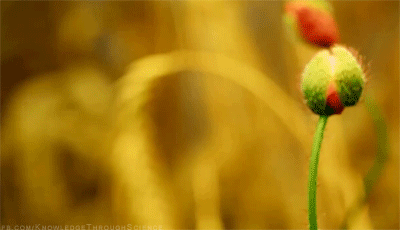


Our everyday problems should't make us forget how awesome nature is.
Gifs from this amazing video. - KTS.
We live in a world of choices, where we have to make decisions every day. They all have somehow an...
We live in a world of choices, where we have to make decisions every day. They all have somehow an impact on our lives. But have you ever thought how affected are your everyday choices?
Well, imagine that all piles of your material property would be given to an anthropologist. Would it be possible to put together an accurate portrait of your personality? Would it describe something exceptional or rather something typical?
Sometimes we should judge the amount of the free-willed choices we make. Are they really a result of our own self-determination?
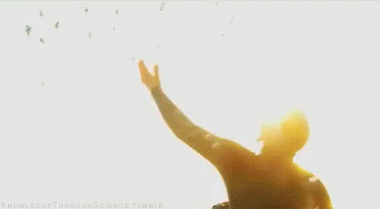
Question. Analyze. Think. - KTS.
all this space and no aliens?
"If we consider that life on Earth took just several hundred million years to evolve, and the universe has existed for at least 14 billion years, then it is likely that other planets have had a much longer time to support life than us. With every star now thought to host at least one planet there are billions of potential planets out there and it's highly unlikely that not one of these grew life like Earth has done." (Jonathan O'Callaghan)
Photo
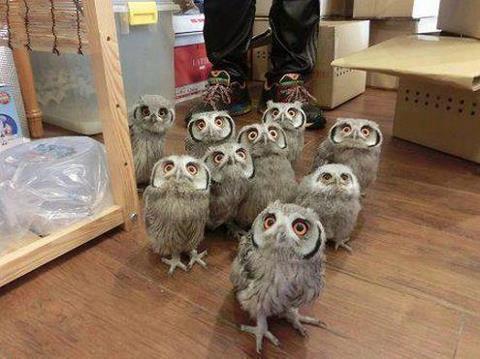
The Crab Nebula is a supernova remnant in the constellation of...

The Crab Nebula is a supernova remnant in the constellation of Taurus.
It was first identified in 1731 by John Bevis, and independently rediscovered in 1758 by Charles Messier.
The nebula was the first astronomical object identified with a historical supernova explosion.
Low sun creates beautiful contrasts with clouds. By astronaut...
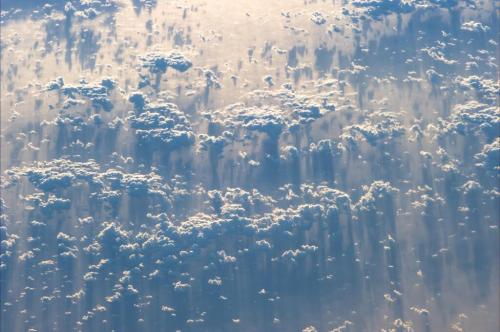
Low sun creates beautiful contrasts with clouds. By astronaut Luca Parmitano on ISS.
Astronaut Luca Parmitano in ISS. You can see Earth and Soyuz...
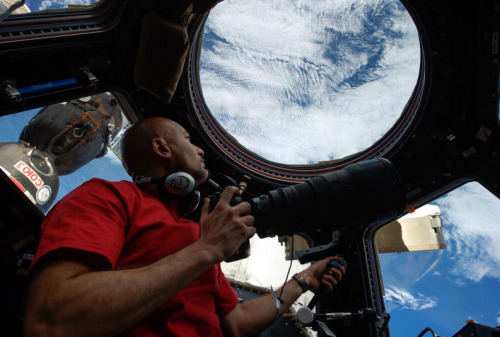
Astronaut Luca Parmitano in ISS. You can see Earth and Soyuz spacecraft in the background.
I want to see Milky Way like this in real life, please. (Image:...

I want to see Milky Way like this in real life, please. (Image: Wally Pacholka)
Pillars of Creation are clouds of interstellar gas and dust in...

Pillars of Creation are clouds of interstellar gas and dust in the Eagle Nebula, about 7,000 light years from Earth. The name comes from its large region of star formation. The gas and dust are in the process of creating new stars, while also being eroded by the light from nearby stars that have recently formed.
matthen: The creation of a fractal Brownian tree. Particles...

The creation of a fractal Brownian tree. Particles move around on random walks, but can become stuck starting at a seed in the centre. This creates intricate patterns similar to those created in certain chemical reactions and electric discharges. [more] [code]
We live in an ultimate art gallery called cosmos.

We live in an ultimate art gallery called cosmos.
Current view from the ISS. @NASA
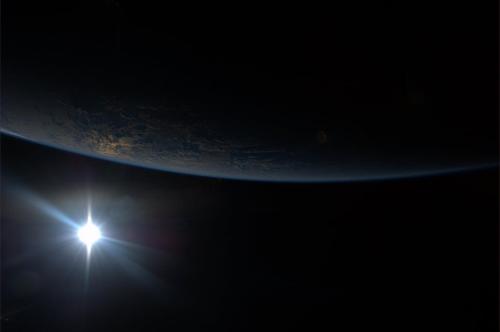
Current view from the ISS. @NASA
The fennec, also called desert fox inhabits the Sahara Desert...
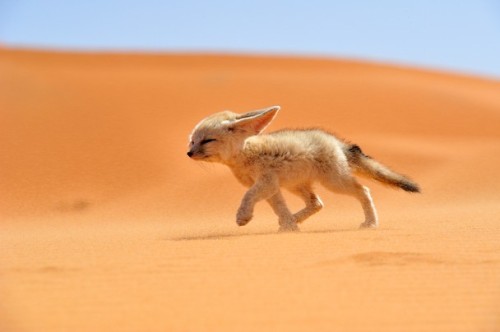
The fennec, also called desert fox inhabits the Sahara Desert and Arabia.














No comments:
Post a Comment